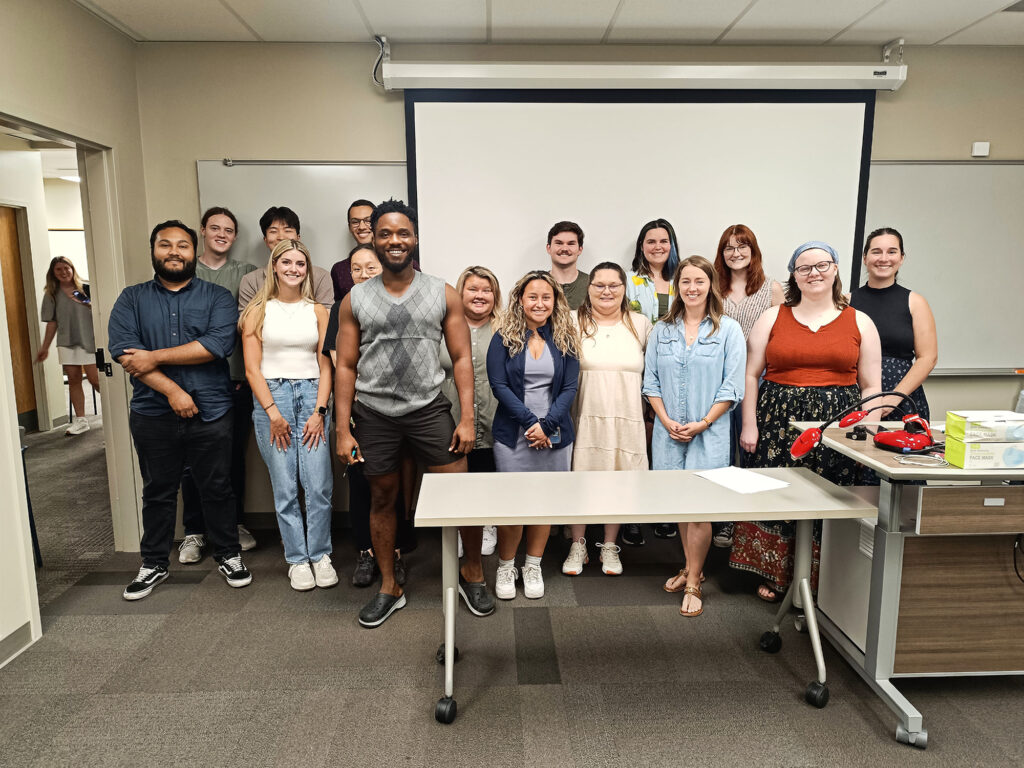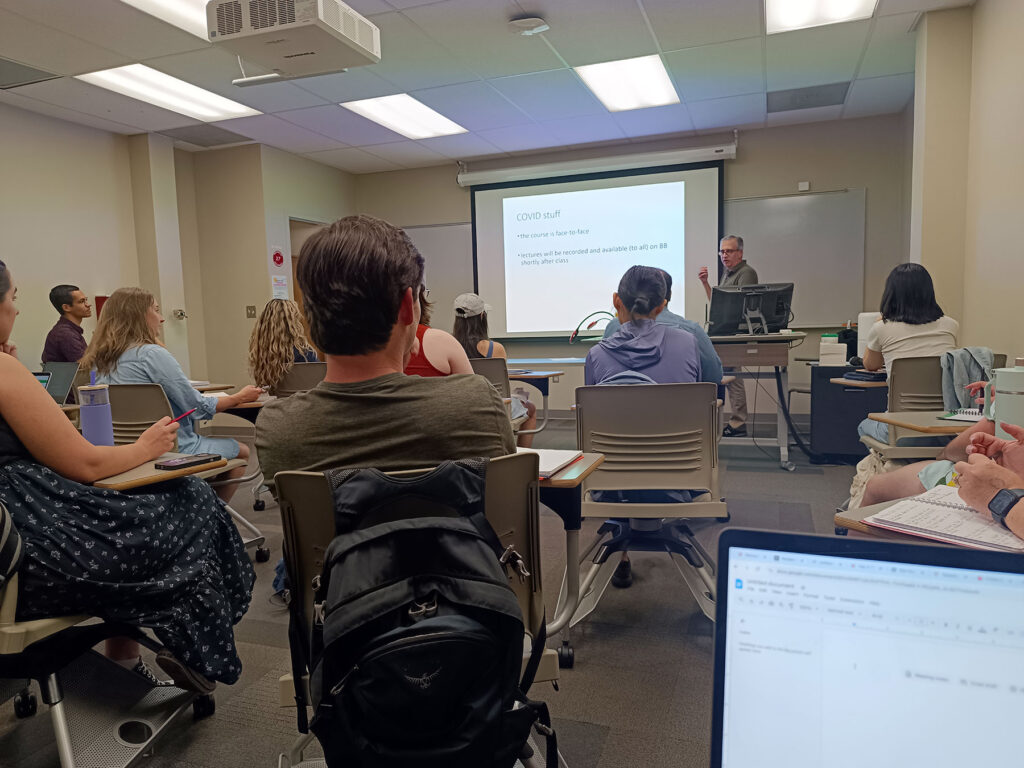Today marked the beginning of my PhD journey with the first class of PSYC 51303 – Inferential Statistics (1249-THEUA-PSYC-51303-SEC001-1889). I’m thrilled to have Bill Levine as our lecturer. His humble demeanor, straightforward approach, and engaging teaching style make the course far less intimidating than I had anticipated.

In our initial session, Professor Levine distributed his new book, the course syllabus, and a research paper. As part of my commitment to academic growth, I’ve decided to cultivate a daily habit of reading and writing throughout my doctoral studies.
While delving into the first chapter, I noticed the frequent appearance of the term “variables.” The text provided formal definitions for variables and their various types. However, as a newcomer to the field, I found these definitions somewhat challenging to grasp at first glance.
Determined to understand, I conducted additional research to break down these concepts into more accessible terms. This process reminded me of the importance of knowledge dissemination – as scholars, we must remember our own beginnings and strive to make complex ideas understandable to all, even to a five-year-old.
This realization inspired me to start this blog as a learning tool. I’ve always found that writing helps solidify my understanding of new concepts. By sharing my journey and explanations here, I hope to reinforce my own learning while potentially helping others who might be embarking on a similar path.
In the spirit of clarity and accessibility, I’ll begin by presenting the formal definition of variables, followed by my own simplified explanation:

Variables
- Variables are values that can change across different observations. They are central to research as they help in understanding relationships.
- Independent Variable (IV): A variable manipulated by the researcher to observe its effect on the dependent variable.
- Dependent Variable (DV): The outcome of interest that is influenced by the independent variable.
- Confounding Variable: A variable that is related to both the IV and DV, potentially offering an alternative explanation for observed effects.
Okay, let’s try and brand it down so you can understand it
Imagine you’re eating ice cream:
1. You have a bowl of vanilla ice cream.
2. You can choose to add different toppings – sprinkles, chocolate sauce, or nothing.
In this case, the Independent Variable is the topping you choose.
Here’s how it works:
1. You decide: “I want to see how different toppings change how my ice cream tastes.”
2. You choose: You pick which topping to put on your ice cream.
3. Then you taste: You eat the ice cream and see how you like it.
The topping is your Independent Variable because:
- – You decide which topping to use
- – You can change it each time you eat ice cream
- – It’s the thing you’re changing on purpose
After trying different toppings, you might find that you like one better than the others. This difference in how much you enjoy the ice cream is because of your Independent Variable (the topping you chose).
Okay, let’s explain the Dependent Variable using our ice cream example:
Remember, you’re eating ice cream and choosing different toppings. The topping was our Independent Variable.
Now, the Dependent Variable is what changes because of your choice of topping. It’s what we’re measuring or observing.
In our ice cream example:
- 1. Independent Variable: The topping you choose (sprinkles, chocolate sauce, or nothing)
- 2. Dependent Variable: How much you enjoy the ice cream
Here’s how it works:
- 1. You put sprinkles on your ice cream (Independent Variable)
- 2. You taste it and rate how yummy it is on a scale of 1 to 10 (Dependent Variable)
- 3. Then you try chocolate sauce and rate it again
- 4. Finally, you try plain ice cream and rate it
Your enjoyment rating is the Dependent Variable because:
- – It depends on what topping you chose
- – It changes based on your choice of topping
- – It’s what we’re measuring to see the effect of the topping
So, the Dependent Variable is what we observe changing as a result of the Independent Variable. It “depends” on your choice!
Sure! Let’s explain a Confounding Variable using our ice cream example again.
A Confounding Variable is something that can mess up or confuse our experiment without us meaning it to. It’s like an uninvited guest at our ice cream party!
Let’s go back to our ice cream example:
- 1. Independent Variable: The topping you choose (sprinkles, chocolate sauce, or nothing)
- 2. Dependent Variable: How much you enjoy the ice cream
Now, imagine this situation:
- 1. You try the ice cream with sprinkles and really enjoy it.
- 2. Then you try the ice cream with chocolate sauce, but you don’t like it as much.
- 3. Finally, you try the plain ice cream, and you don’t enjoy it at all.
You might think the toppings are causing these differences. But what if:
- – The sprinkles ice cream was served right after it was scooped (so it was nice and cold)
- – The chocolate sauce ice cream had been sitting out for a while (so it was a bit melted)
- – The plain ice cream had been in the freezer too long (so it was too hard)
In this case, the temperature of the ice cream is a Confounding Variable because:
- – It’s changing along with our toppings
- – It affects how much we enjoy the ice cream
- – We didn’t plan for it or control it in our experiment
The Confounding Variable (ice cream temperature) makes it hard to know if the differences in enjoyment are because of the toppings or because of the temperature.
So, a Confounding Variable is something that can affect our results in ways we didn’t plan for, making it harder to understand the real relationship between our Independent and Dependent Variables.










Leave a Reply